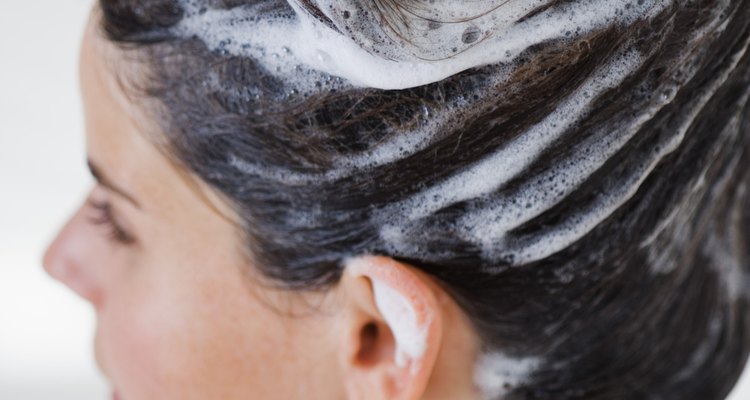
A trip to the hair-care aisle of your local drugstore or supermarket reveals a variety of shampoo brands. Different brands of shampoo also make a variety of products intended to offer benefits for particular hair types. Two products that get a lot of attention are texturizing and volumizing shampoos, which offer many overlapping benefits to your hair but have key differences depending on ingredients.
Texturizing Shampoo
In the hair-care industry, "texturizing" your hair is done by applying a mild relaxer. The end result of texturized hair is a head full of curls that are less tightly held, making hair appear to cover more area around the head. Texturizing shampoos aim to do the same thing: make the hair you have appear to be fuller. These shampoo products use terms such as "densify" or "increased density" as well as "fuller" and "volumizing." The addition of "texture," or hair that is less slippery and easier to style as a result, is the primary outcome of texturizing shampoos.
Volumizing Shampoo
Volumizing shampoo is marketed to individuals with fine, limp or straight hair who want to add body and fullness to a hairstyle. Volumizing shampoo is also sold using words such as "thickening" and "body building" to describe the results it offers. Protein and wheat protein are key agents in helping hair temporarily achieve these results. Another volumizing agent in shampoos is peppermint, which stimulates the scalp and hair follicles to stand hairs straight up, which adds volume.
Polyquaternium-10
For consumers looking to improve fine and thin hair with more body, volume and thickness, both texturizing and volumizing shampoos are viable options. Depending on the particular product or brand, there may be little difference between one or the other as the FDA does not regulate use of these terms. Careful examination of a shampoo's ingredients provide a better gauge of what to expect. Ideally, texturizing shampoo has a marked presence of Polyquaternium-10, which gives the hair more texture for styling. This is a key difference between a shampoo that merely adds volume and one that adds texture as well as volume.
Importance of Reading the Labels
When considering shampoos with special benefits for your hair, it is important to be as informed about a particular product as possible. The FDA requires shampoo makers to disclose the ingredients but doesn't get involved in ensuring that the products texturize, add volume or thicken. This leaves a wide margin of inconsistency between one product and the next. Finding the right product, whether it is a texturizing or volumizing shampoo, is part due diligence and part trial and error.
Related Articles

List of Ingredients in Shampoo

Serum Vs. Gel

Pantene Shampoo Information
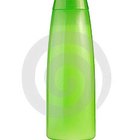
What Is Shampoo Used for?

What Is the Difference Between ...

The Best Shampoos for Thinning Hair in ...

How to Make Extensions Smooth & Silky ...

Shampoos for Hair Loss Due to ...

Wavy Perm Hairstyles

How to Compare Rogaine Vs. ScalpMed

Do Any Shampoos Help Hair Grow?

Goldwell Ingredients
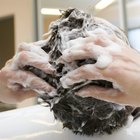
Inert Ingredients for Dove Shampoo

Pantene Shampoo Ingredients

How to Grow Shaggy Hair
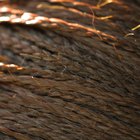
How to Braid Yaki Kanekalon Hair
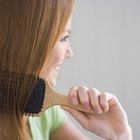
Does Copper Peptide Work for Hair ...

Ways to Prevent Damage During Hair ...

How to Get Carrie Bradshaw Curls
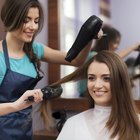
Infusium 23 Leave in Treatment ...
References
Writer Bio
Iam Jaebi has been writing since 2000. His short story, "The Alchemist," reached over 250,000 readers and his work has appeared online in Thaumotrope and Nanoism. His novel, "The Guardians," was released in 2010 by Imagenat Entertainment. Jaebi is also a business writer specializing in company naming, concept designs and technical writing. He graduated from Syracuse University with a Bachelor of Science in computer engineering.
Photo Credits
Jupiterimages/Pixland/Getty Images